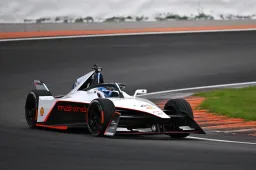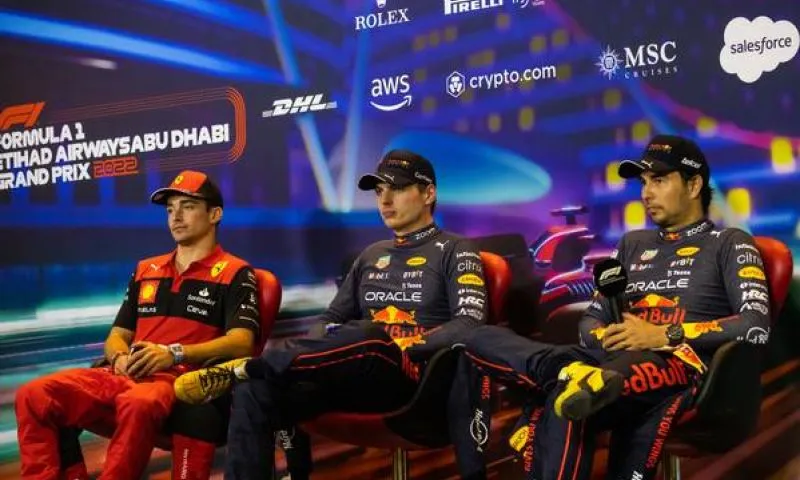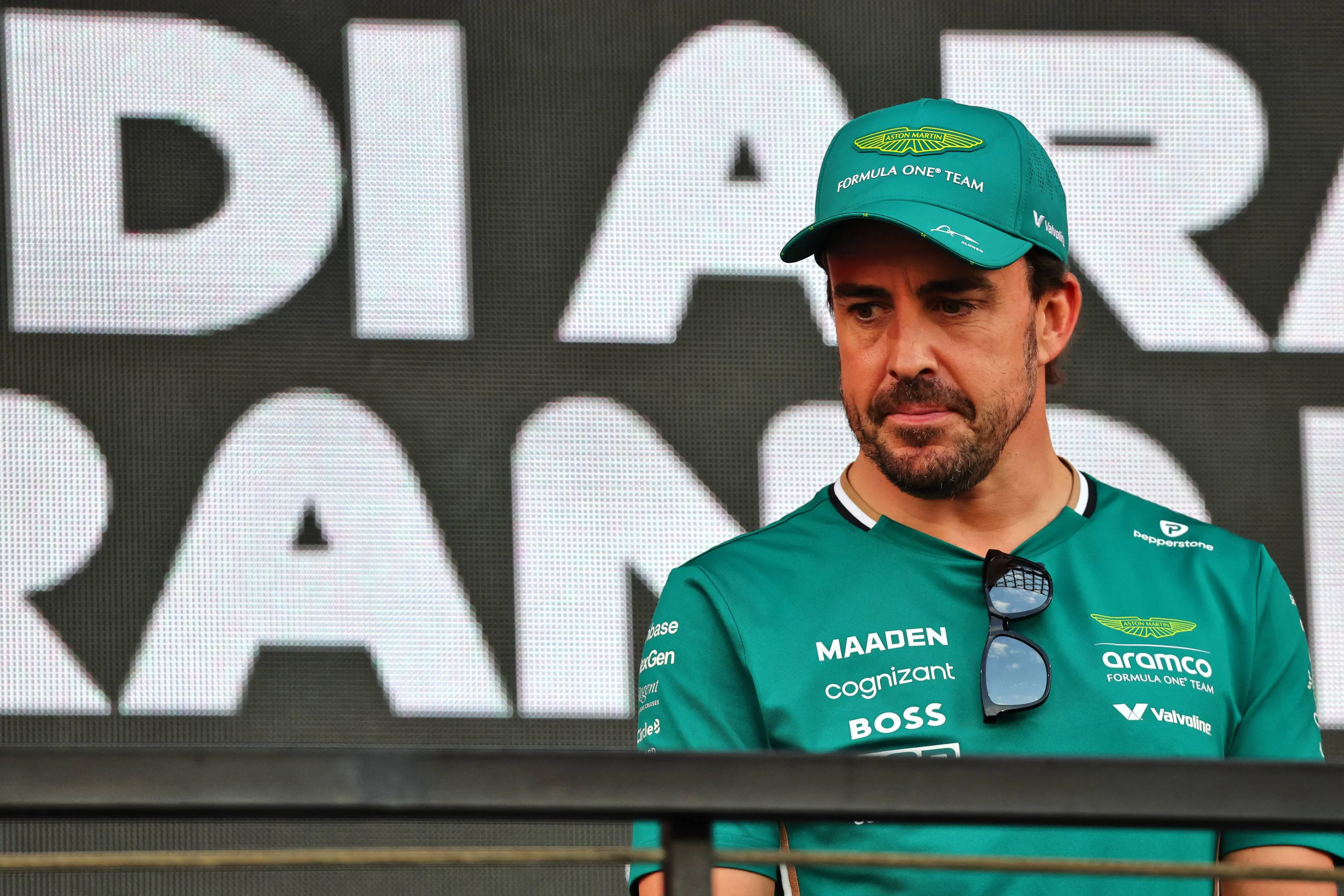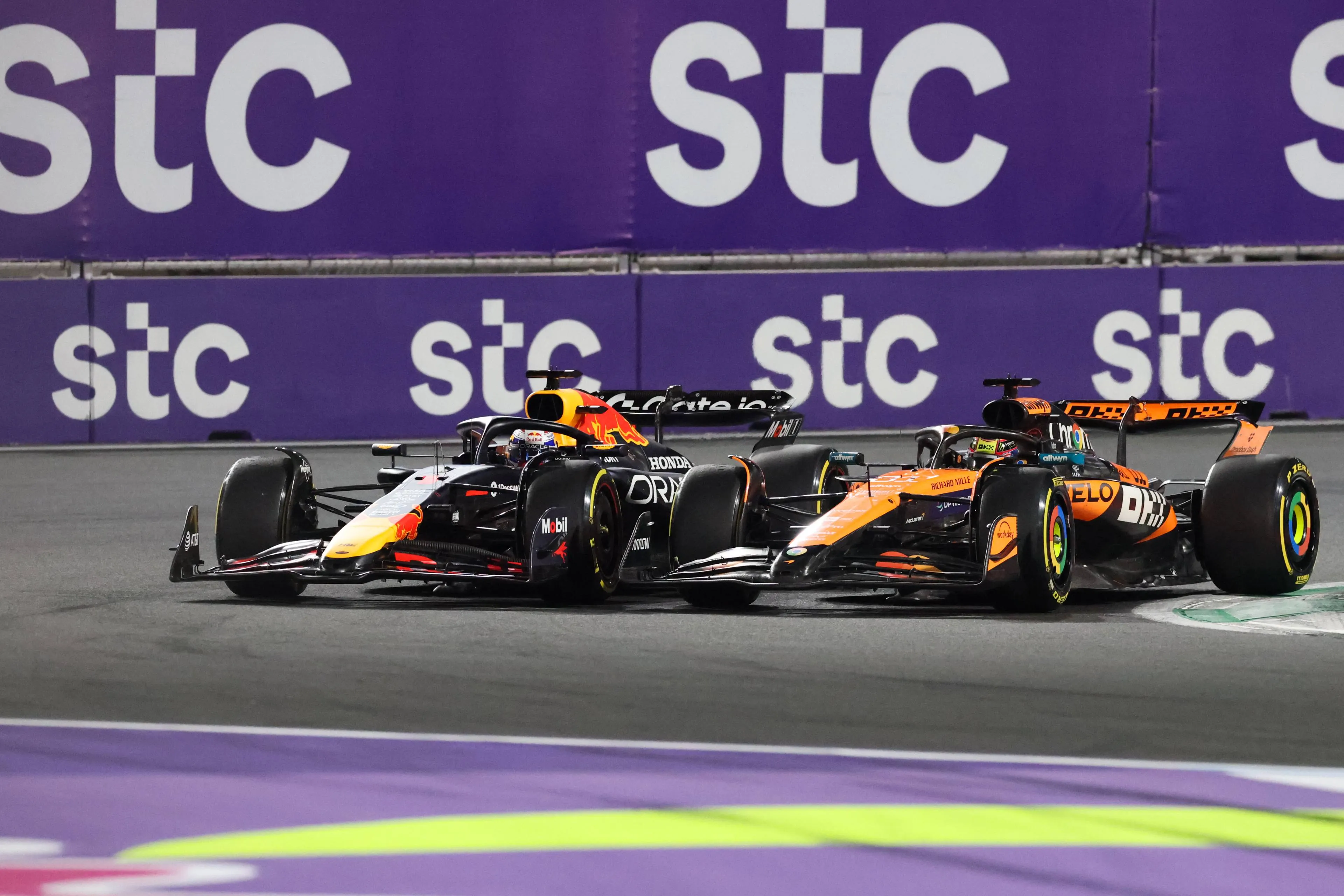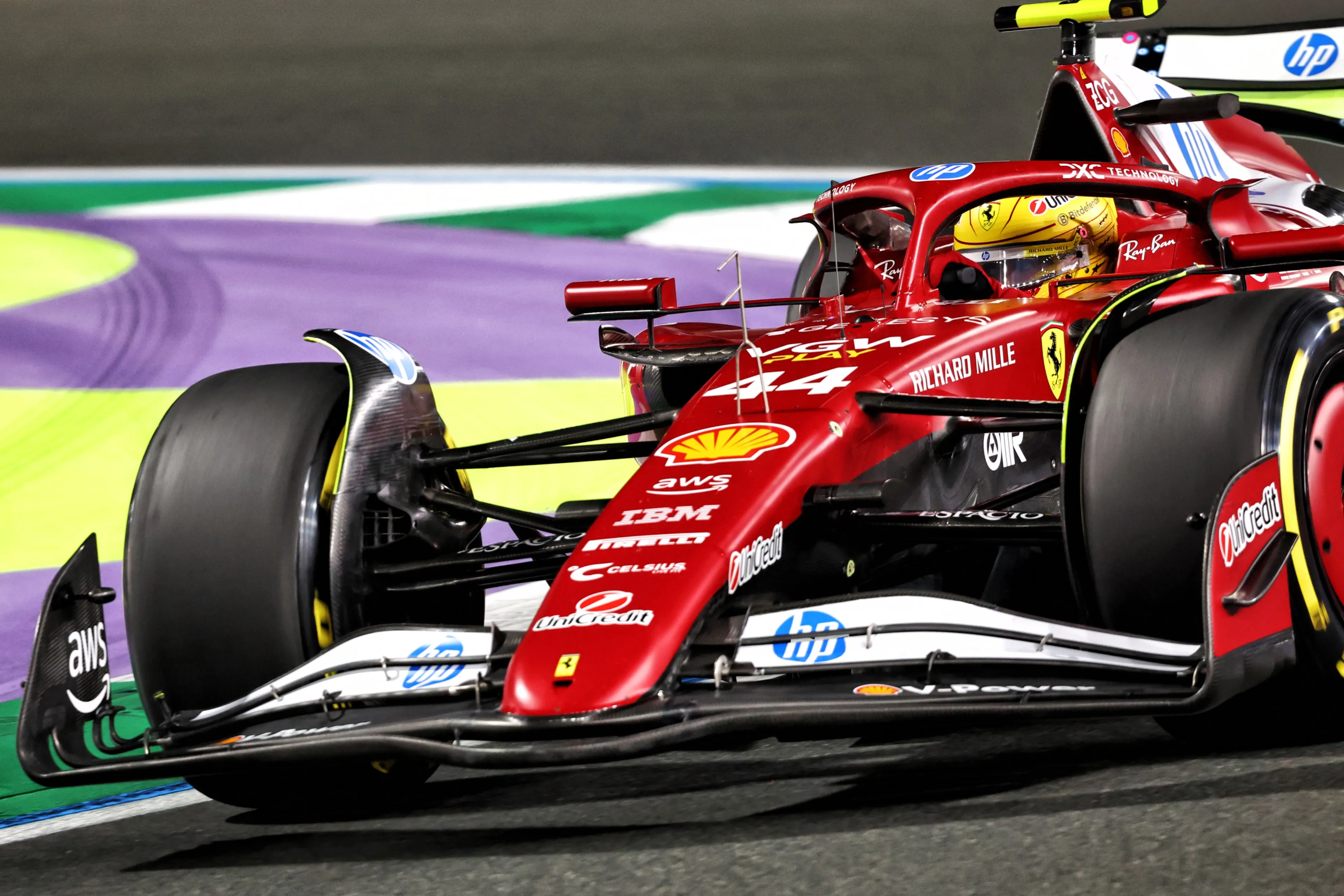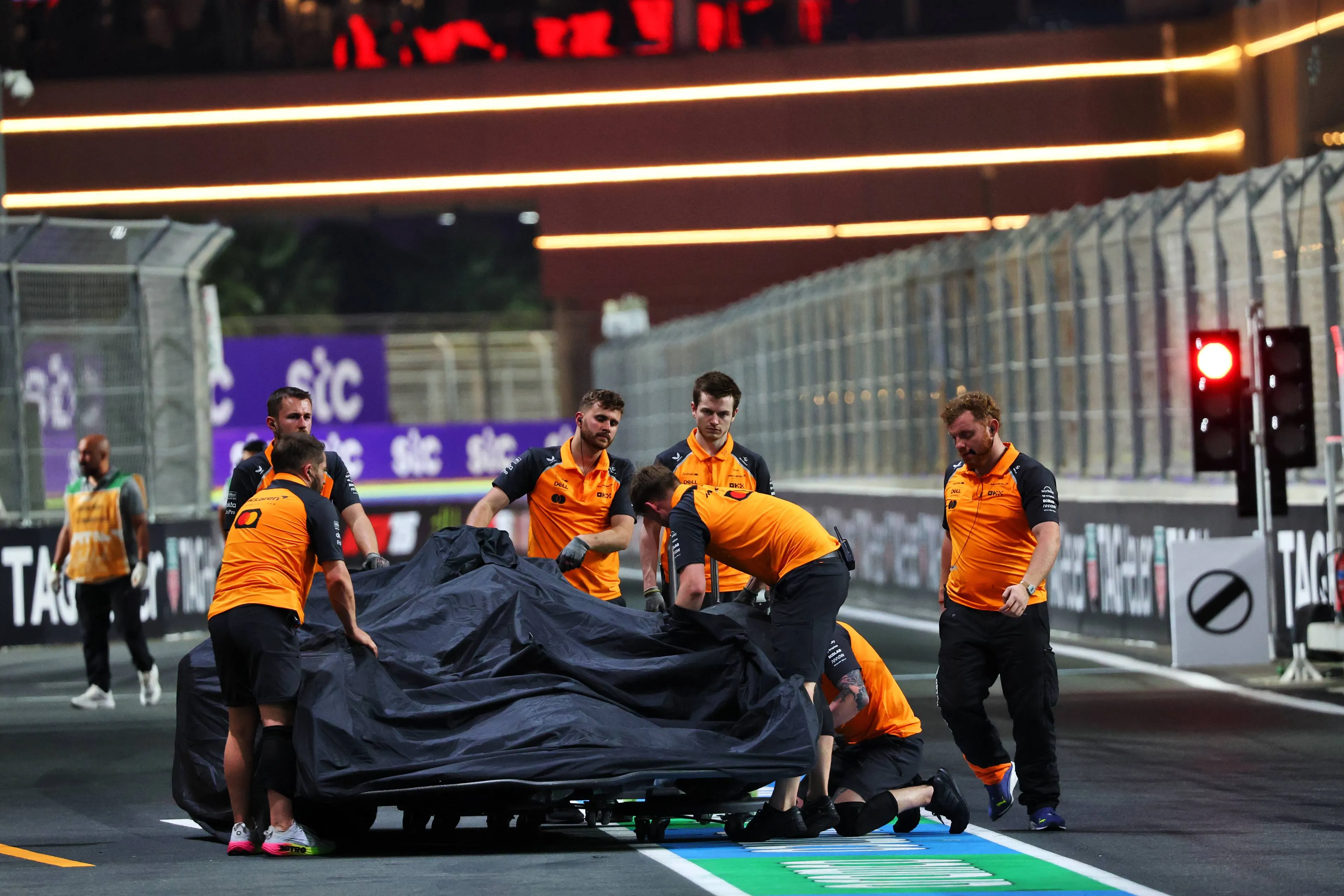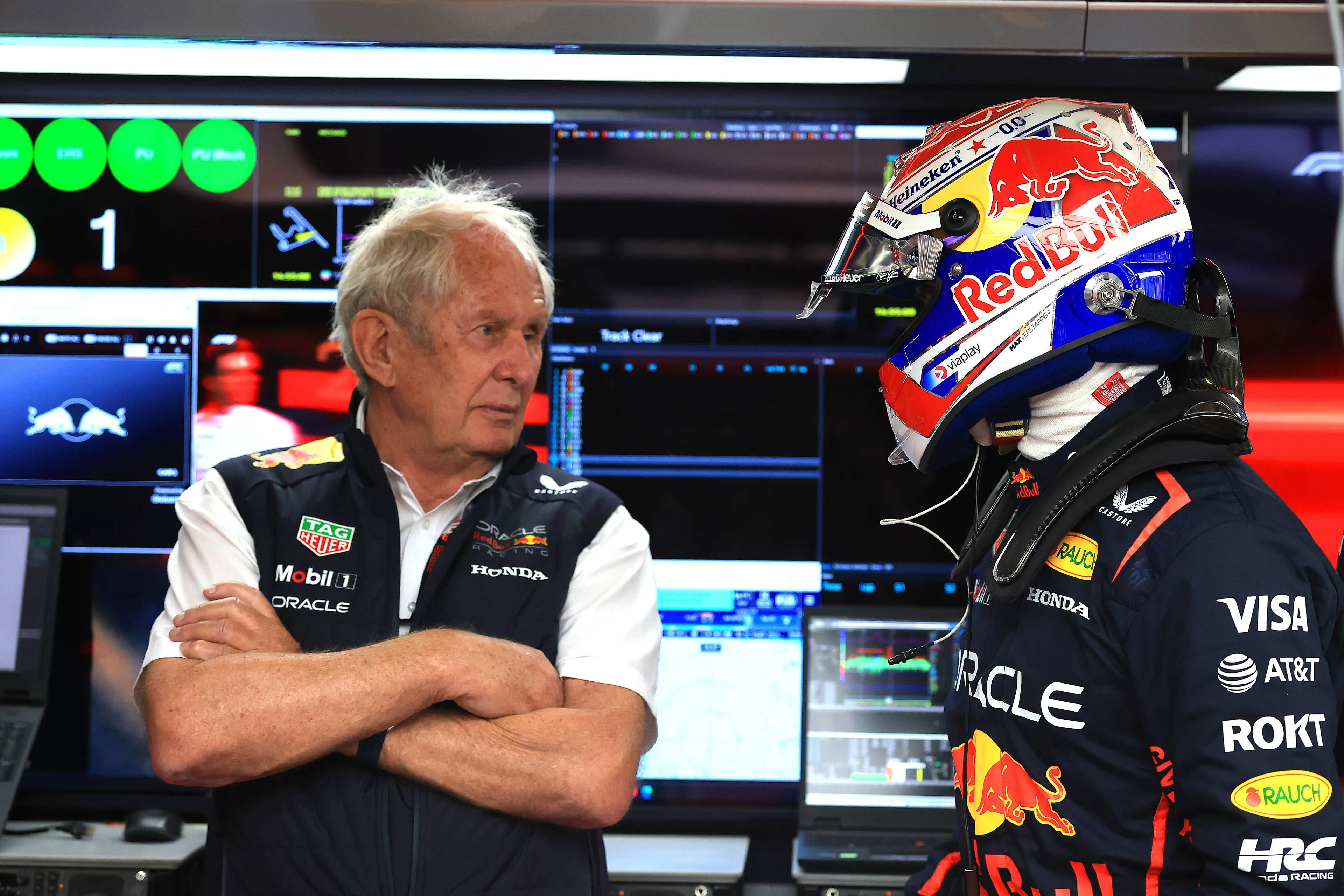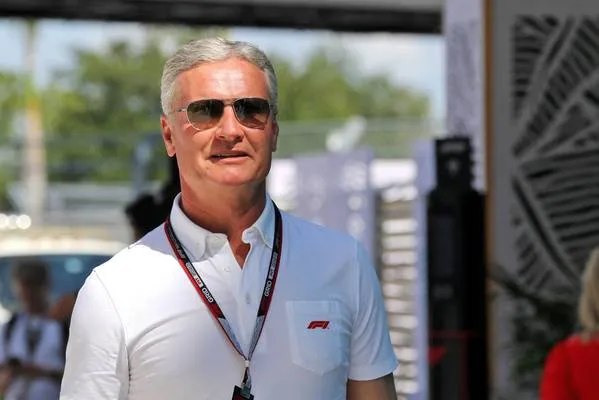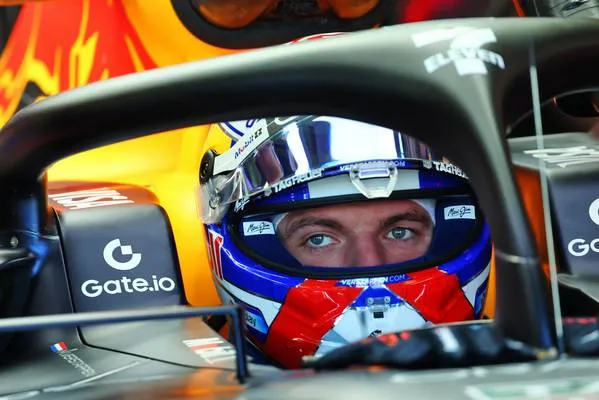Technical Analysis | Will adding downforce on the FW46 be the key in 2024?
09:00, 13 Jan 2024
2 Comments
With eight races finished in top 10 and 28 points scored, Williams managed to get 7th place in the 2023 Constructors’ Championship, a result well beyond expectations if compared to 2022, where they finished 10th with only eight points scored. This radical change is the result not only of an excellent management job done by team principal James Vowles but also of all the engineers who were able to build a strong car, especially on long straights and fast corners.
However, if we have a look at the Constructor Standings, Williams are still about a hundred points behind Alpine. So, from a technical point of view, in which areas do Williams need to work to improve for 2024?
The FW45 with interesting solutions after a difficult start
Since the beginning of the season, the FW45 had been very quick on the straights but had one big problem: the lack of downforce. For this reason, the car behaved well in qualifying (especially in Albon’s hands), as the new tyre provided an extra grip that helped cover all the design defects. However, as the fuel was loaded to cover the race distance, the FW45 started to work terribly, as the lack of downforce did not allow to put the tires in the right operating window, causing visible sliding and a consequent overheating of the tyres themselves, which consequently caused a very high loss of grip.
To increase the amount of downforce generated by the Venturi channels, the team decided to bring a few updates in Barcelona, where the main changes were related to the floor edge and the upper trailing edge of the diffuser. Regarding the floor edge, it had a twisted fin in the central part, useful for generating the vortices that would have allowed to seal off the floor (this idea had then been taken up by Red Bull, too), preventing the turbulent flow from "dirtying" the flow useful for generating downforce. The change at the diffuser also had the main goal of increasing the vorticity of the flow at the lateral endplates of the diffuser. These changes were then matched with a small addition to the rear wing endplate: following Alpine and Aston Martin’s trend, also Williams had incorporated a thin carbon profile to generate a small vortex useful for cleaning up the turbulent wake of the rear wheels.

However, despite these changes were quite visible and had a first impact on the performance, the big upgrade package was fitted on Albon’s car for the Canadian Grand Prix: the main changes concerned all the sidepod area, with the visual goal of following the "waterside" philosophy undertaken by Alpine in 2022 and then taken to the extreme by Aston Martin in 2023.
In fact, the sidepods had been completely re-designed: in the new version the engineers tried to create two useful channels to bring the flow towards the diffuser and the beam wing. The first channel (already existing in the previous version, on the left of the drawing) was the one above the engine cover, which had a very rounded shape and was long almost to the beam wing, to bring as much air as possible towards the rear of the car.
On the other side, the second channel was the one provided by the new waterside, the excavation inside the sidepod to control and direct the laminar flow in a crucial area of the car. The new excavation was not only very deep, but also made use of the Coanda effect and was delimited on the right by a sort of "screen" (consisting of the edge of the sidepod itself) to ensure that the flow flowing inside was as undisturbed and laminar as possible. Furthermore, the new solution also featured a small vent for hot air in the upper terminal part of the engine cover, where the fin usually ends. This solution, like the already existing louvres, needs for a better heat dissipation.

All these changes had the main goal to increase the amount of downforce generated by the body of the car, making the FW45 more balanced and therefore being able to use smaller rear wings on medium downforce circuits, without losing its strong point, the very high top speed. However, these new parts widened the right operating window of the car in maximum and minimum downforce configuration, with still a few problems on a medium downforce set-up.
In fact, after the upgrades, the FW45 behaved well in Montreal, Silverstone and Zandvoort, three very different layouts: in Montreal and Silverstone, the team decided to use a low downforce set-up, which resulted in a well balanced car in all the high-speed sections (proof of more downforce), with still the highest top speeds of the whole grid. On the other hand, in Zandvoort the team decided to adopt a maximum downforce set-up, which paid off not only in qualifying, where both drivers managed to get into the top-10, but also in the eventful race, where Albon managed to get P8. The team continued to perform well also in Monza (minimum downforce track), Qatar, Mexico and Austin(maximum downforce circuits), with a good amount of points scored.
Following a beaten path for 2024?
All the races here mentioned show what Williams still needs to improve for 2024: they must broaden the operating window of their car to make the FW46 a competitive car on all circuits, not only those at opposite ends of downforce but especially on all the medium load circuits. Another element that must be improved in order to gain tenths and points on the teams in front is to try to create a more stable aero-mechanical platform, especially in windy conditions (where the FW45 has always suffered, like in Sergeant's accident in Suzuka), to be able to obtain a greater level of downforce produced by the Venturi channels. An element in favor of the Groove team is the fact that this development direction had already been taken by a top team in the past: at the beginning of 2022, the RB18 was also a car that had a great aerodynamic efficiency and, update after update, the engineers were able to add more and more downforce to the car, also thanks to an already very stable aerodynamic platform.

If Williams were to be able to create a car with a stable platform in 2024 (which is something very difficult to achieve), then they could make up ground on their rivals through a series of upgrades to add load to the car and to find then the right balance between mechanics and aerodynamics, a key element in making these ground effect cars fast. This way of development has proved to be easier than the opposite one: is easier to add downforce on a aero-efficient car (like the RB18) rather than making efficient a car that generates a lot of downforce, because there’s a concrete risk of losing the balance of the car, just like what happened to Aston Martin in 2023.
For all these reasons, it’ll be important to have a look not only at the top teams during testing, but also at the new FW46 (which will be unveiled on February 5th) to see whether they’ll have made this (big) step forward in 2024.
Read more about:
Popular on GPBlog

1
How Christian Horner scored a significant victory over Toto Wolff
1412 times read

2
Why is the most logical option for Verstappen in '26 never mentioned?
845 times read
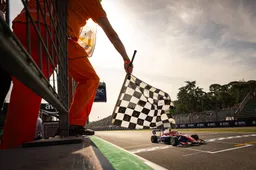
3
Formula 1 Appears to Have Made a Decision and Discontinues This Grand Prix
723 times read

4
This F1 driver left the biggest impression on Marko in 2025 so far: 'His approach is good!'
574 times read


